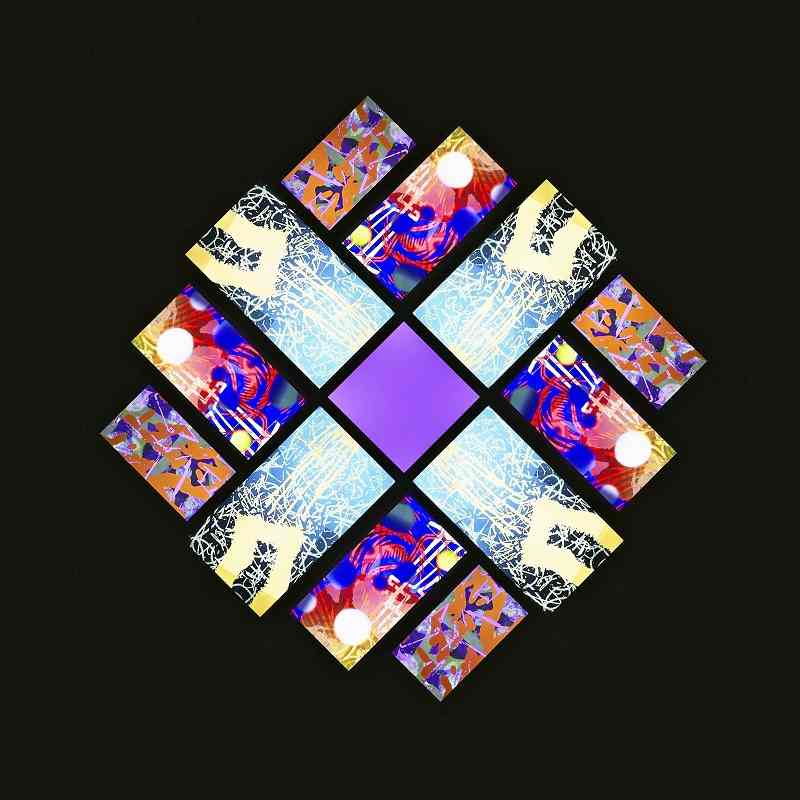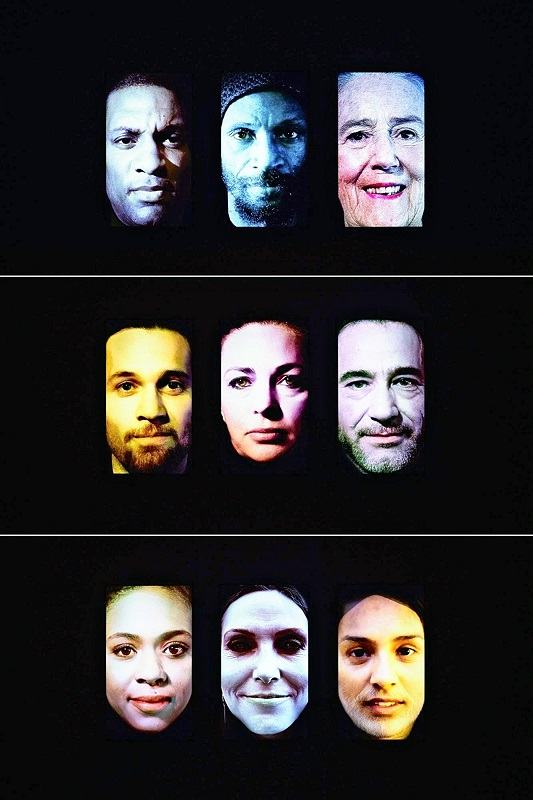Kyoto exhibition showcases work by British artist Brian Eno

“77 Million Paintings”
15:41 JST, August 19, 2022

Brian Eno
The British music producer Brian Eno, who has collaborated with David Bowie and U2, among others, is also an audiovisual artist whose work is currently featured in a solo exhibition in Kyoto.
Brian Eno Ambient Kyoto features four innovative and introspective installations by the artist, who is famous for coining the term “ambient” in the 1970s to describe a synth-inflected genre of electronic music that blends into the natural environment and “must be as ignorable as it is interesting.”
His diverse body of work includes the startup sound of Microsoft’s Windows 95 operating system.
The 74-year-old musician also coined the term “generative music” to describe compositions that are ever-changing, and he has applied the concept to his endeavors in visual art. “Painting and music have always been interwoven for me,” Eno has said.
The main installation in the Kyoto exhibition, “77 Million Paintings,” features abstract images displayed on 13 screens of various sizes, creating a kaleidoscope-like image. There are said to be 77 million possible combinations of images, which are each displayed on the screens for different lengths of time and in different orders.
The whole piece appears to be in a state of flux, with colors and shapes changing so slowly and imperceptibly it’s as if the viewer’s perception is being tested. The likelihood of seeing the same combination of images more than once is very slim.

Images from “Face to Face”
“Face to Face,” an installation that was shown for the first time in Kyoto, is another bold example of generative art. Facial portraits of 21 people of different races, genders, and ages appear on three screens — one photo per screen — with the photos slowly merging from one portrait to the next. Computer software blends the images pixel by pixel, creating more than 36,000 “new faces.”
Audio-based installation “The Ship” manages to stimulate the five senses, with speakers in a dimly lit room playing a soundtrack of ambient music with narration. Eno based the piece on tragedies such as the Titanic disaster and the First World War, prompting visitors to reflect on the notion that the hubris of humankind has led to wars being repeatedly waged and ships sinking even when they are built with the latest technology of their time.
The lack of visual stimulation sharpened my sense of hearing, making the message resonate even more deeply.
Manipulating light and sound at will, Eno uses technology to create works that convey his inquisitive creativity and reflections on the human condition.
His artistic approach is encapsulated by the Kyoto exhibition’s four installations, in which light and sound change in thousands of different ways.
The exhibition is on display at the former welfare center of the Kyoto Chuo Shinkin Bank in Shimogyo Ward, Kyoto, through Sept. 3.



